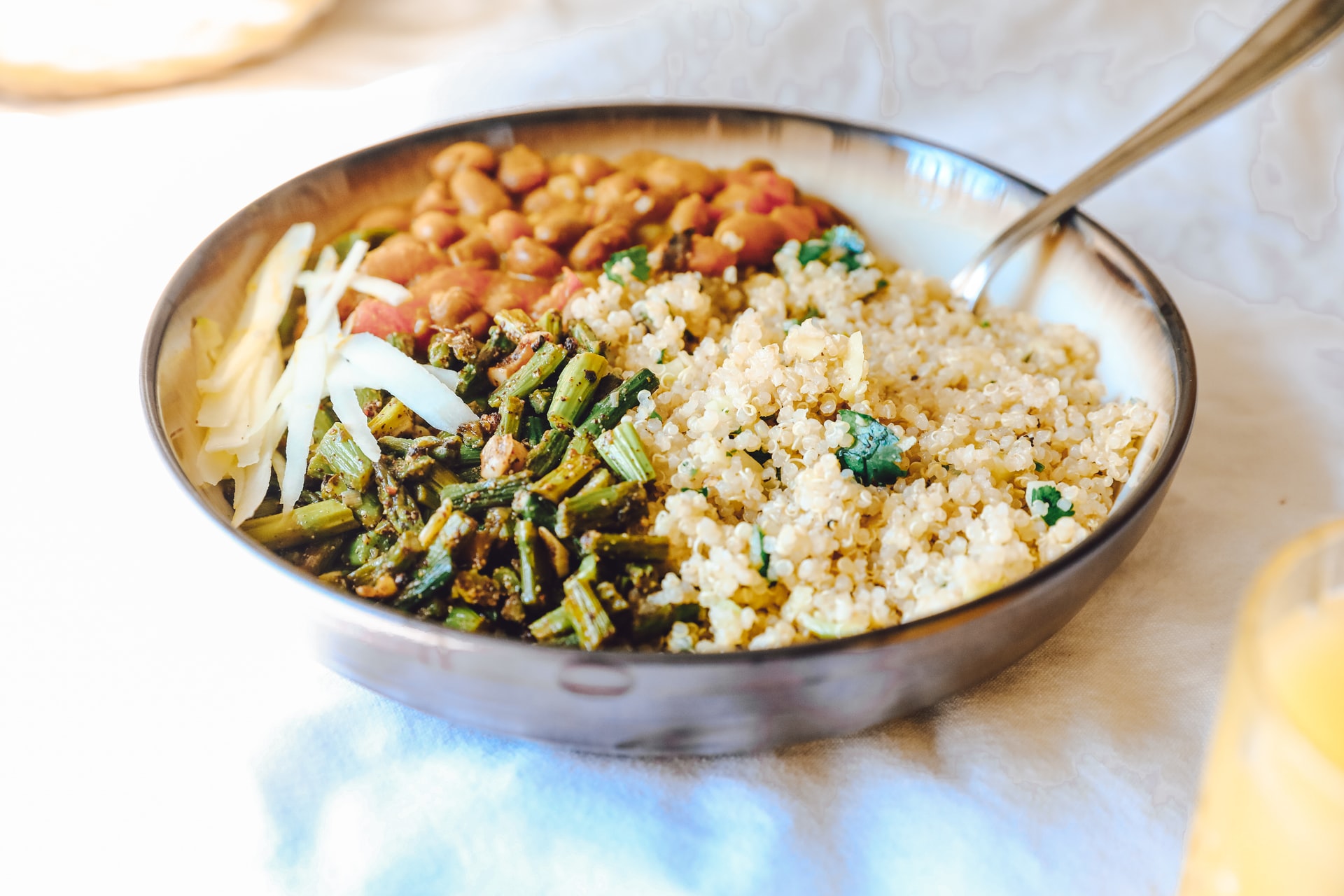Having the right survival foods in your pantry could be the difference between life and death. Informed food choices in your daily life are the key to your health. However, the foods you store for survival are just as important, if not more so.
When compiling your natural disaster or “doomsday” supply list, it is essential to ask yourself a few important questions:
- What is in my pantry right now?
- How long will my food last?
- Do I have the right survival foods?
In order to hunker down for the long haul in a survival situation, you need to have nutritious foods available. Many believe canned goods are the best option.
Most canned goods last between two to five years, and the high calories can be beneficial. However, to really take your survival food reserves to the next level, consider dried food sources as a healthy and longer-lasting alternative.
Beans and rice have long been a food staple for many cultures, and they have nutritional attributes that prove their survival-food worthiness.
Quinoa is another exceptional food source for survival. It has been noted as one of nature’s superfoods and is worthy of a place in your survival pantry.
Here are three must-have survival foods to keep in your pantry:
Stock up on beans (legumes)
Beans are cheap and easy to get in bulk. Utilizing beans for survival is nothing new. Legumes were cultivated as a subsistence crop by the Aztec civilization. Beans were and still remain a major source of nutrition in Latin America.
Beans offer a wide array of essential vitamins, minerals, antioxidants, fiber and protein. Beans have also been the main focus of discussion for various approaches to disease prevention, which would be handy in the absence of modern medicine.
The Dietary Guidelines for Americans (2005) suggests four to five servings of legumes, nuts and seeds per week based on a 2,000 calorie diet for optimal health and nutrition. Packaged and stored properly, beans will last eight to 10 years.
Lentils and black beans offer the best bang for your buck with high protein, fiber, and other essential vitamins and minerals. One cup of black beans contains a daily value (DV) of 30 percent protein, 64 percent folate, and 60 percent fiber.
A 1994 study published in the Journal of the American College of Nutrition discusses the overall health benefits of dry beans.
The research states, “Dry beans supply protein, complex carbohydrate, fiber and essential vitamins and minerals to the diet, yet are low in fat and sodium and contain no cholesterol.” Beans are the perfect survival food, and they are definitely worth considering for your own personal survival stores.
Pack away white rice
Rice is another exceptional survival food that lasts a decade when packaged and stored correctly. Almost every country, large or small, incorporates rice in its diet.
Rice is one of the world’s oldest food staples, and its nutritional value has long been essential to the survival of civilizations. The United States Department of Agriculture (USDA) states, “An ancient grain, rice is known to have been domesticated as early as the fifth millennium, B.C.E.”
White rice contains multiple vitamins and minerals. It is also a good source of protein, fiber and carbohydrates.
White rice lasts longer than brown rice because it contains less fatty acids. Brown rice is nutritionally better, but it will perish within six months to a year.
A 2007 study published in the Journal of Food Science found, “White rice held in accelerated and long-term storage appears not to increase in mutagenic compounds as measured by the Ames assay, supporting its use for long-term storage purposes such as emergency preparedness and humanitarian food aid.”
White rice is perfect for survival. Rice combined with beans constitutes a nutritious meal that will maintain mental and physical health during any survival situation.
Enhance survival stores with quinoa
Quinoa has become “fashionable” over the last few years, and you’ll likely see it on menus all over town. However, quinoa is no new trend. Quinoa was cultivated and utilized in the daily diet of the Inca civilization.
The superfood qualities of quinoa have been the topic of discussion of late at the National Aeronautics and Space Administration (NASA). That’s right, NASA is even taking notice, testing it for use on long-term space missions.
A 1993 official (now declassified) NASA report states, “Chenopodium quinoa is being considered as a new crop for the Controlled Ecological Life Support System (CELSS) because of its high protein values (12-18%) and unique amino acid composition.” If quinoa is stored properly, it can last up to five years in your pantry.
Quinoa is an excellent source of protein, containing 16 percent of your daily value (DV) for protein in just one cup. Considered one of the healthiest foods on the planet, quinoa also boasts high DV percentages of fiber, thiamin, folate, magnesium, manganese, along with other vitamins and minerals.
It is a valuable addition to your survival pantry. After all, a track record spanning 4,000 years can’t be wrong!
It’s important to take an in-depth look at the overall nutrition and perishability of the food you have stashed away for the bleakest of times. Packaging and storage can also affect the shelf life of your survival goods, but with a bit of planning and research, you can make nutritious and lifesaving sustenance choices.
Eating rice, beans and quinoa daily may not be ideal, but in a survival situation, what is?


